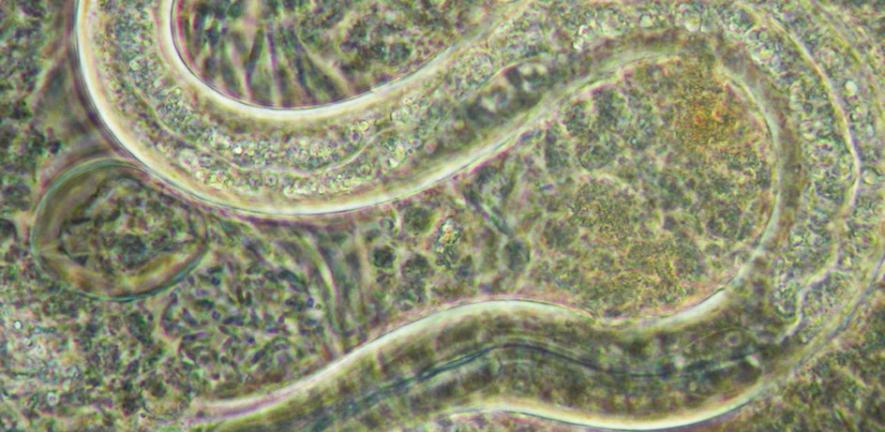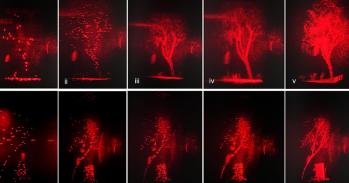
Scientists have discovered "striking similarities" between human brains, the nervous system of the nematode worm Caenorhabditis elegans and computer chips.
Scientists have discovered "striking similarities" between human brains, the nervous system of the nematode worm Caenorhabditis elegans and computer chips.
These striking similarities can probably be explained because they represent the most efficient way of wiring a complex network in a confined physical space - be that a 3-dimensional human brain or a 2-dimentional computer chip.
Professor Edward Bullmore
The team of neuroscientists and computer experts from the UK, US and Germany compared the way these systems are organised and found that the same networking principles underlie all three.
Using data for the large part already in the public domain, including Magnetic Resonance Imaging data from human brains, a map of the nematode's nervous system and a standard computer chip, they examined how the elements in each system are networked together.
They found that all three shared two basic properties. Firstly, the human brain, the nematode's nervous system and the computer chip all have a Russian doll-like architecture, with the same patterns repeating over and over again at different scales.
Secondly all three show what is known as Rentian scaling - a rule used to describe the relationship between the number of elements in a given area and the number of links between them.
According to Edward Bullmore, Professor of Psychiatry at the University of Cambridge and one of the study's authors: "These striking similarities can probably be explained because they represent the most efficient way of wiring a complex network in a confined physical space - be that a 3-dimensional human brain or a 2-dimentional computer chip."
"Humans, worms and computer chips probably share these properties because all three evolved under then same selection pressures - either natural selection in the case of the human and the worm, or commercial selection pressures in the case of the computer chip."
As well as deepening our understanding of how the human brain has evolved, the experiment shows that we can learn important lessons about our own evolution by studying the way in which technology has developed, and by looking to very simple organisms like the nematode.
"This challenges the commonly-held belief that the human brain is special. In fact, it actually has much in common with simple organisms such as the worm and with other animal species," says Professor Bullmore.
The paper is published today in PLoS Computational Biology.
This work is licensed under a Creative Commons Licence. If you use this content on your site please link back to this page.





